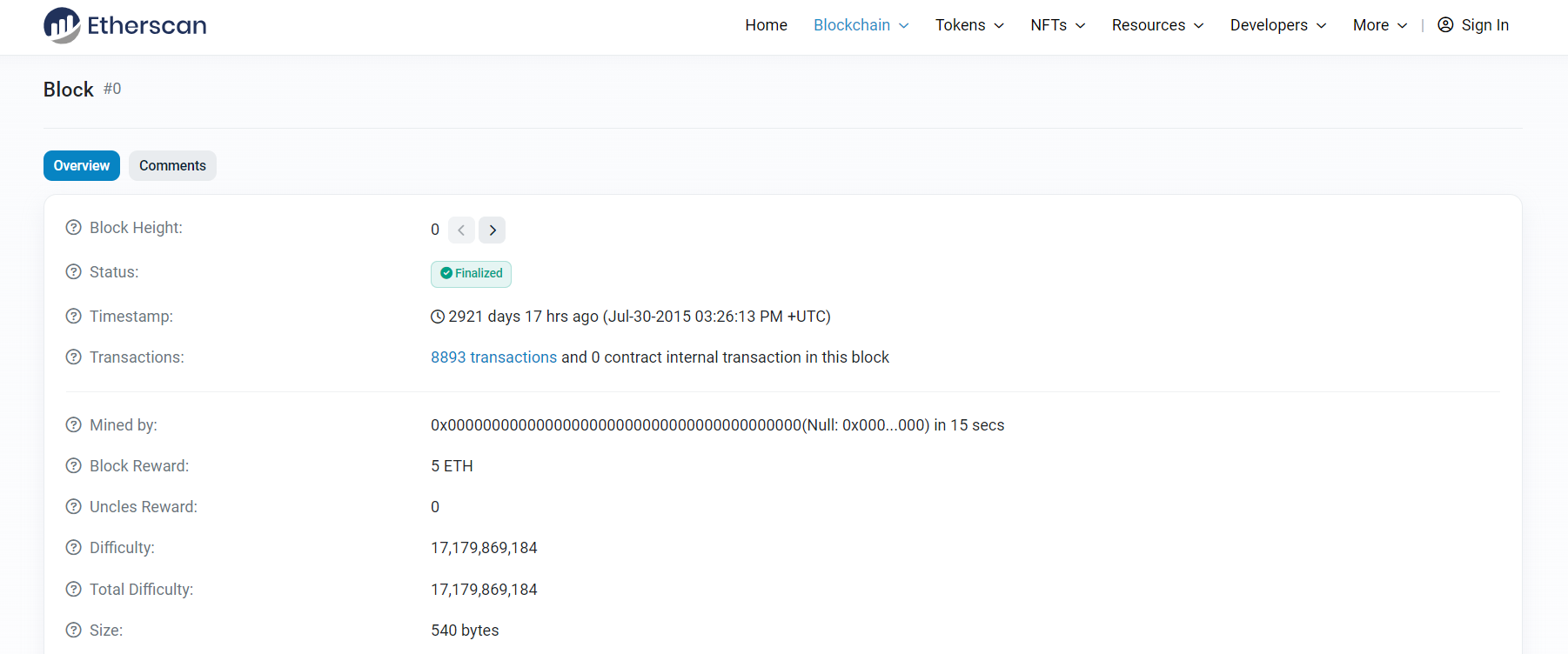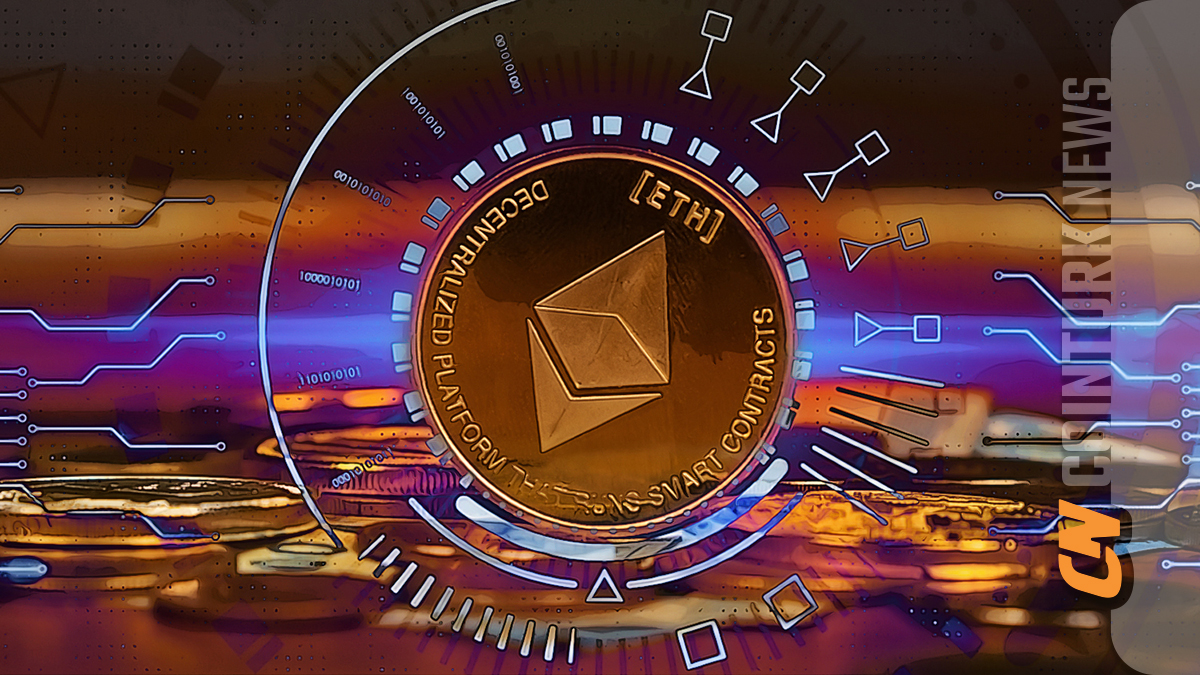Ethereum, the favorite of cryptocurrency investors and the largest smart contract platform, was launched 8 years ago. Today, Ethereum turns 8 years old and continues to grow and develop rapidly, causing concern with its volatile price. However, when we consider what has happened in the past 8 years, today’s boring volatility is not that worrying.
Good Thing You Were Born, Ethereum (ETH)
Today is the eighth birthday of Ethereum network and Ether, which is the world’s second-largest digital asset. Ethereum was officially introduced by crypto innovator Vitalik Buterin in late 2013. In the following January, 20-year-old Buterin attended the annual North American Bitcoin conference in Miami, Florida, with that white paper in hand.
There, he met with a group of Canadian crypto evangelists who immediately recognized the great potential of Buterin’s idea. This group, crammed into a small beach house, began working to turn Buterin’s vision into reality. Within six months, Vitalik dropped out of the computer science program at the University of Waterloo and moved to Zug, Switzerland, with the rest of the group.
The founding members of the Ethereum network included Gavin Wood (founder of the Solidity smart contract language), Anthony di Lorio (founder of DeCentral), Joseph Lubin (founder of ConsenSys), and Charles Hoskinson (founder of Cardano).
The Birth of Ethereum
In 2014, Ethereum completed an $18 million financing round, accelerating its development activities. Subsequently, this decentralized network, which would be defined as the computer of the internet, lost many of its founders in the early stages. Disagreements and tensions among the founders led to separation. Charles Hoskinson was the first to leave, followed by many others. The departures started their own blockchain solutions and amassed impressive fortunes.

Putting aside the separations, 8 years ago today, Ethereum produced the block you see above after a successful testing phase. It has been 2921 days and 17 hours since the Genesis block. The network quickly grew and became one of the most important components of DeFi and the crypto industry in general.
The Present Ethereum
High transaction fees are still a problem, but there are no longer any miners. With the transition to PoS, Ethereum has now shed its harmful environmental perception. Moreover, due to the burnt portion of transaction fees and decreasing rewards, inflation has turned negative. In addition, despite approaching the end (or maybe the middle?) of bear markets, there are still numerous applications being heavily used on the network.
One day in the future, when Ethereum officially becomes the largest computer of the new (Web3) internet, smart contracts, these days will be memories.


 Türkçe
Türkçe Español
Español









